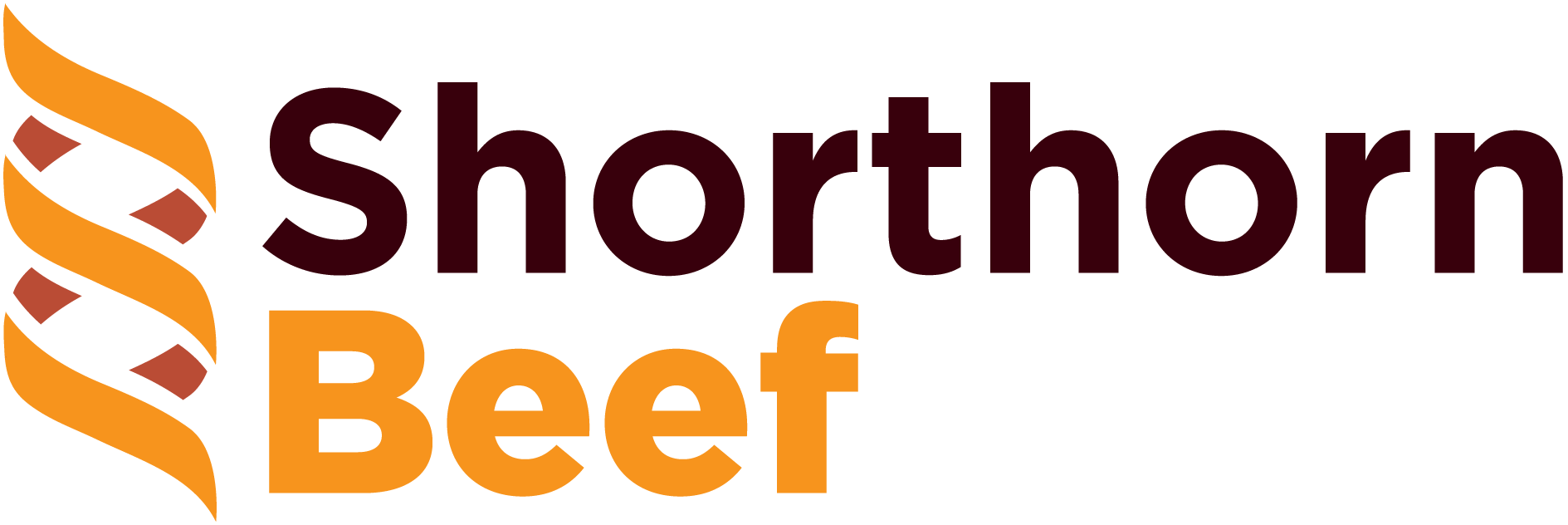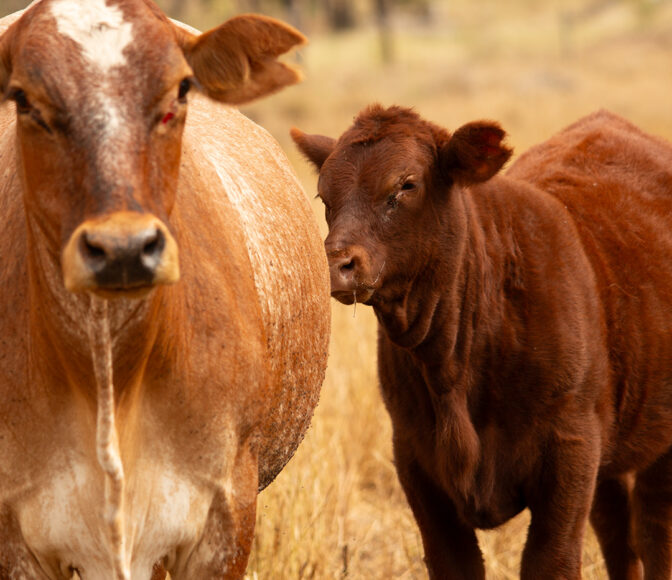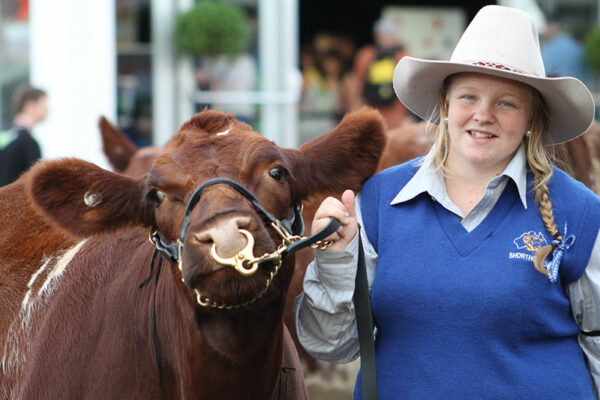Contemporary Groups
IGS Contemporary Groupings Fact Sheet
The Importance of Correct Contemporary groups.
Every stud breeder should be familiar with this very simple equation: P = G + E.
Phenotype (P) is any measurable attribute or trait. Genotype (G) is the unique combination of genes each animal has and Environment (E) is any non-genetic factors that also influence the phenotype.
Different traits also have different heritability, meaning that the amount of the trait that is influenced by genetics varies from trait to trait. Importantly though, only the genotype can be passed on to an animals progeny, the environmental factors have no heritability at all.
To understand the effect of the genotype on an animal’s progeny, progeny are run under a similar environment within contemporary groups and their performance is measured. Given that the environmental component is similar for all animals in the contemporary group, the difference in the phenotypes (or variance), must be largely due to the effect of the genotype.
It is important that animals that have experienced different environmental factors, such as show cattle or sick or injured cattle, are grouped in their own contemporary groups, however breeders also need to ensure that they have strategies to maximise the size of their contemporary groupings.
So, here are 10 basic tips to help breeders maximise contemporary groupings:
- Contemporary groups (CG) are created based on what happened before the group was assigned, not after. So, animals are assigned to a weaning CG based on the group they were run in prior to weaning, not the group they will be run in after weaning.
- Every animal is assigned to a Birth CG at the start of its life. This group is assigned based on Breeder ID, a 90-day calving date window, sex of calf (M or F) and twin status.
- Once an animal is assigned a Birth CG, it never leaves that CG. So, combining animals from different Birth CG’s after calving does not create a new Weaning CG for those animals. They will remain in their original Birth CG and then be split into a smaller CG based on the new Weaning CG supplied by the breeder.
- Animals within Weaning CG’s need their weaning weights taken when animals are between 100 to 310 days of age. 160 to 250 days of age is ideal.
- Animals within Yearling CG’s need their yearling weights taken when animals are between 270 to 500 days of age. 330 to 440 days of age is ideal.
- Breeders can set their own CG status for animals when Birth, Weaning, Yearling and Ultrasound records are taken, however these will not override the preset groups. Adding more CG’s at any time, will only reduce the size of the original preset CG.
- Breeders should only apply new CG’s when they are needed, such as if one group of animals are supplementary fed or run on another property. Animals run on the same property, on similar pasture at similar stocking rates and with similar management, should not be assigned different CG’s.
- It is important to collect phenotypes on all possible animals within the CG. Taking measurements on select animals only, will cause data bias that will distort the effects of the CG. Not measuring the poor performing animals, will shift the average, making above average performing animals appear to be below average.
- CG’s work best when more than one sire is represented. If the CG contains progeny by only one sire, the CG is only informative for the dams and their progeny. Only having one sire in the CG, means there are no other sires to compare that sires performance against.
- Stayability CG’s are formed using the Dam’s Birth CG plus the Birth CG of the calf she had as a 2-year-old. Animals are also placed in 90-day age windows based on average birth date. The Stayability count does not start until a female enters the herd as a first calving female at 2 years of age and then counts each subsequent calf she has. Therefore, culling females prior to registering their first calf, will not affect the Stayability scores of her parents.
Incorrect use of CG’s results in data bias. Ideally, the larger the CG, the more animals within your herd that are compared to each other. That is not to say that breeders should not use contemporary groups where needed, but the important thing is to structure your recording so as to limit contemporary groupings across each drop. The more you can do this, the better genetic evaluation will work for both you and your clients.



